What Is a Macro Filter?
Unlike a dedicated macro lens, a macro filter is an attachment you screw onto any of your regular camera lenses. There are two types of macro filters. The first one is the single element which means it has only one piece of glass. The other one is the double element which has two. The main difference between them is that the single element is cheaper but is more prone to chromatic aberrations, blur, and distortions. Meanwhile, the double element has a second piece of glass which corrects all of the issues caused by the first lens. However, it is also more expensive. Macro filters kits come with three or four lenses. They all have varying magnification from 2x to 10x or more.
The Advantages and Disadvantages of Using Close Up Filters
Like any photography equipment, using a macro filter has its pros and cons. We’ll discuss a few of them to help you figure out if they fit your needs or not.
Advantages
The main benefit of using a macro filter is that it can turn any of your lenses into a macro lens. Unlike other macro attachments, it’s also small and lightweight. Finally, it is one of the cheapest options out there for those who want to get into macro photography. You can buy a kit for less than $20!
Disadvantages
The main issue is that it’s not as sharp as a real macro lens. As mentioned before, it can also cause distortion and color fringing. Since it’s an attachment, it also tends to let less light in. Remember that the issues we mentioned are not necessarily present in every macro filter. So do your research and try them first before buying. Another option is to rely on reviews to help you choose the one that fits your needs.
How to Choose the Perfect Filter Size
Lenses vary in sizes. So it only makes sense that you pick a macro filter that matches the diameter of the camera lens you are using. So how do you know the diameter of your lens? Every brand places its lens information around the rim or near the lens mount. The most common sizes include 49mm, 52mm, 69mm, and 72mm. There is also often a 0 symbol next to the diameter size. Remember that the focal length is not the same as the lens diameter. So if you have a 50mm, it’s most likely that its lens diameter is 52mm. If you have a bigger camera lens, there’s a good chance it could be between 69mm and 72mm. To be safe, look for that 0 mark beside the value to confirm you’re looking at the diameter and not the focal length.
How to Use a Macro Filter
To attach a macro filter, all you have to do is screw it onto the lens. It’s that easy. In case you have a UV filter on as well, make sure you remove it, so it doesn’t affect the performance of the macro attachment. Once the macro filter is attached, all you have to do is take pictures like you normally would with a regular lens. It also works with autofocus, so you don’t have to fumble around with adjusting your lens manually. One thing to remember is that your minimum focusing distance will also be shorter when you’re taking photos with a macro filter. In other words, you’ll have to get closer to achieve a sharp image. For instance, if the normal minimum focusing distance of your lens is one foot, it would probably be about six inches or less once you put on the macro filter. To figure out your new shooting distance, get your lens about an inch or two to your subject. Then slowly pull away until it’s sharp. Remember to stay in that position, so you don’t lose your focus.
How to Stabilize the Camera for Macro Shots
When you use a macro filter, you’ll notice that the depth of field becomes quite shallow even when you’re using a narrow aperture. In most instances, only a few millimeters of the subject your shooting will be sharp while the rest will be blurry. So when you’re handholding your camera, you’ll find it difficult to keep that focus on the same spot. So how do you solve this issue? The answer is using a tripod. Since it keeps your camera stationary, you’ll have better chances of keeping your focus on your subject. So once you figure out your shooting distance, place your camera and tripod and stay on that spot. You can then start taking photos without having to readjust your focus point all the time. Of course, handholding your camera is also doable. But you need to ensure you keep it steady, and you maintain your distance from your subject. Otherwise, there’s a good chance you may end up with blurry pictures. So if you don’t want this to happen, stick to using a tripod to be safe.
Stack to Increase Magnification
You can stack close-up filters on top of each other to increase your magnification. All you have to do is screw on a close-up filter onto the filter that is already on the lens. But remember that as the diopter value increases, the curve of the lens also becomes more apparent. If you compare a 2x diopter with a 10x, you’ll notice that the glass of the 10x bulges out. So if you want to stack your filters, make sure you use the lenses with smaller diopter values first. For instance, place 2x on your lens first before you install 10x. Otherwise, the 2x won’t fit because the lens from the 10x has too much concave to allow another filter to be screwed onto it. You also need to remember that the more filters you put on, the less the light gets in. Apart from that, there’s a good chance that the quality of the photos you get may go down as you pile up more attachments. To be safe, stick to two to three filters if you need to stack the close-up filters. That way, you can retain most of the quality for your macro photography.
Composing with Macro Filters
The rules of composition in photography apply to all sorts of genres, including macro photography. But if you’re used to taking photos of people, you may find it challenging to figure out your subject when doing close-up shots of objects. Since everything is so close, how do you find your main point of interest? Of course, the answer would vary depending on what you’re shooting. But in general, you need to focus on what you think your audience should look at your image first. If you’re shooting a flower, you can focus on the petals if you think people would like it more, or the stigma if you find it more interesting. There’s no right or wrong decision. It’s all up to you. But having the freedom to choose your point of interest doesn’t mean you can forget about composition altogether. Always think of Rule of Thirds to ensure you have a balanced photograph. So turn on your camera’s grid and place your subject where any of the lines in the grid intersect.
How to Light Your Subject
When using macro filters, you’ll be shooting close to your subject. That means that you could potentially block the light hitting the subject. So what do you need to do to combat this issue? The secret is to light your subject from the side. That way, your lens is not blocking the light and you get a well-exposed image. Apart from that, lighting from the side also creates deep shadows that make your pictures more dimensional. You also have the option of lighting your subject directly from the top. Doing so creates an even illumination and helps show the fine details of what you’re shooting. But what if you want to light your subject from the front? After all, nothing beats the photos with direct lighting. If you’re going to take this route, you’ll need to buy an artificial light designed for macro photography. Most macro lights attach to the hot shoe of your camera and extend farther than the lens. That way, it can light the subject without the lens getting in the way. You can also buy a ring light and place the lens right through the hole. Although a ring light is not designed specifically for macro photography, it’s surprisingly effective. Just remember that if you’re using a long lens, you’ll need to place the light close to the rim of the lens shaft. This way the barrel doesn’t potentially block the light.
Conclusion
Macro filters are so easy to use and so cheap that we recommend always having them in your camera bag. But you must remain aware of its limitations. If you know how to work around the potential issues you may face with these attachments, you can create professional-quality photography with them. Check out our post on using extension tubes instead of a close up lens, or our macro flash photography tips next!
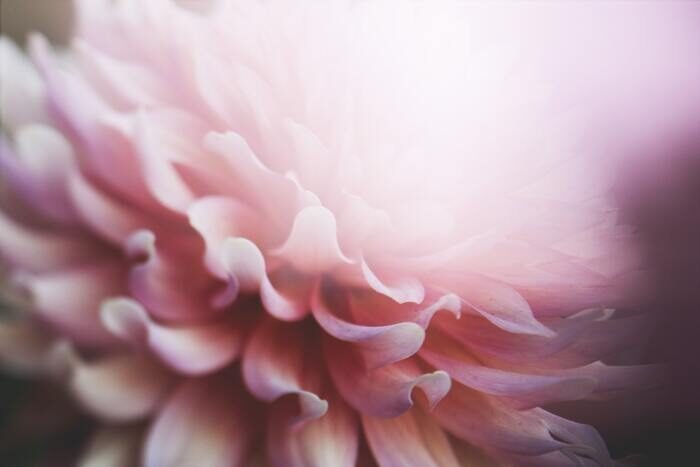

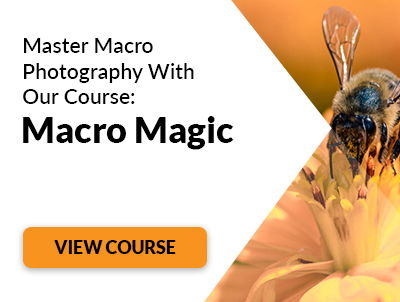

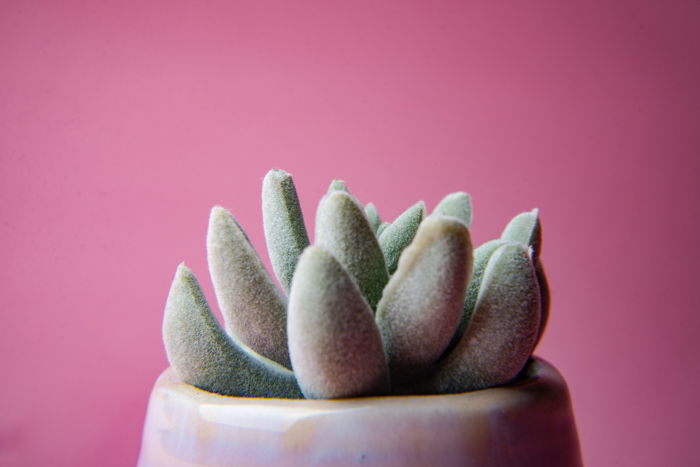

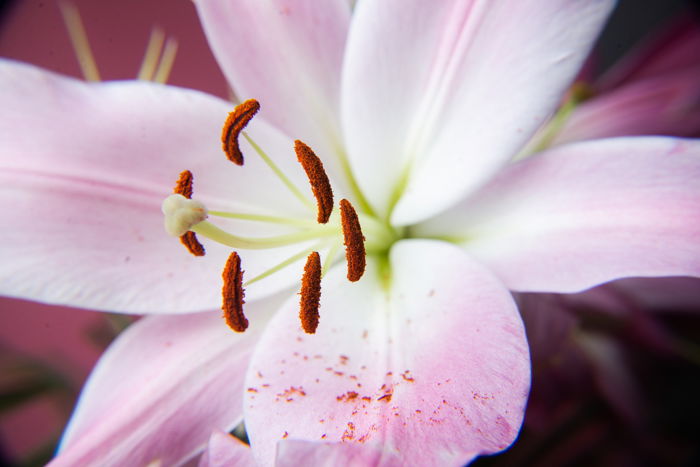

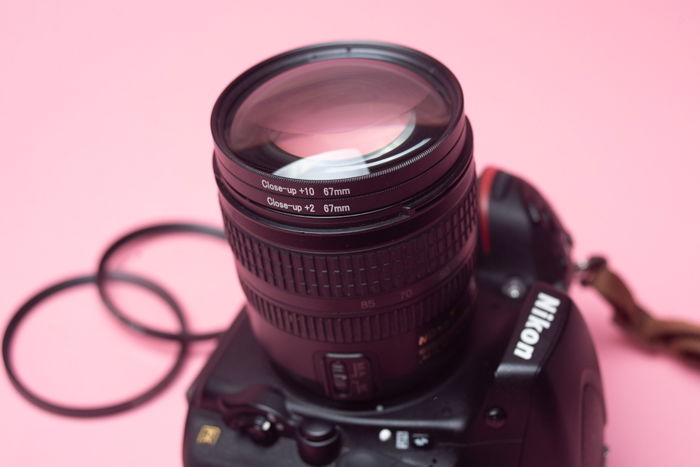
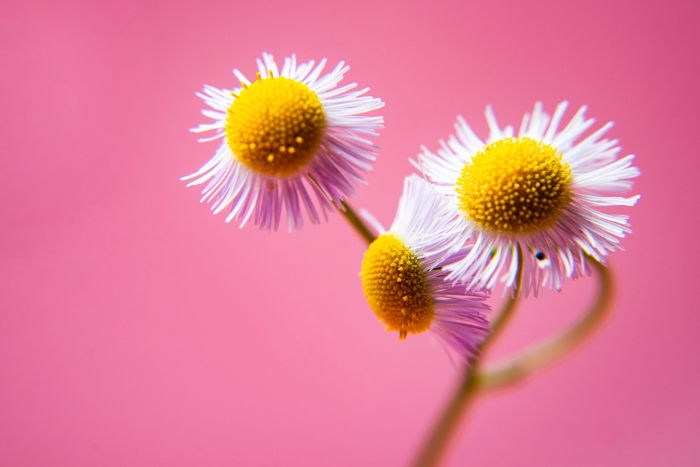
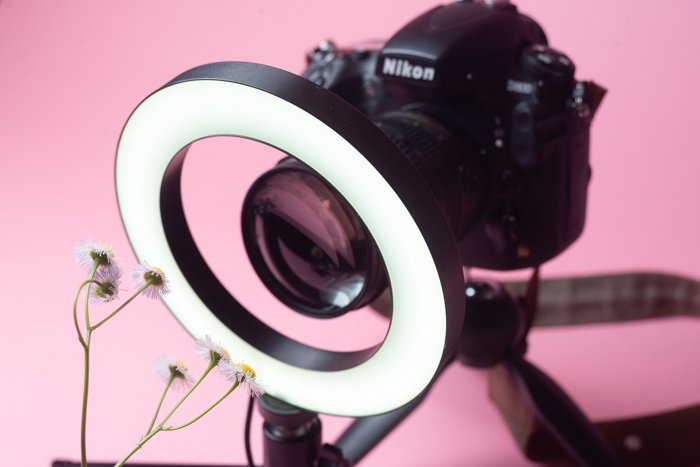
title: “How To Use Macro Filters For Close Up Photography” ShowToc: true date: “2023-01-29” author: “Patricia Deschamps”
What Is a Macro Filter?
Unlike a dedicated macro lens, a macro filter is an attachment you screw onto any of your regular camera lenses. There are two types of macro filters. The first one is the single element which means it has only one piece of glass. The other one is the double element which has two. The main difference between them is that the single element is cheaper but is more prone to chromatic aberrations, blur, and distortions. Meanwhile, the double element has a second piece of glass which corrects all of the issues caused by the first lens. However, it is also more expensive. Macro filters kits come with three or four lenses. They all have varying magnification from 2x to 10x or more.
The Advantages and Disadvantages of Using Close Up Filters
Like any photography equipment, using a macro filter has its pros and cons. We’ll discuss a few of them to help you figure out if they fit your needs or not.
Advantages
The main benefit of using a macro filter is that it can turn any of your lenses into a macro lens. Unlike other macro attachments, it’s also small and lightweight. Finally, it is one of the cheapest options out there for those who want to get into macro photography. You can buy a kit for less than $20!
Disadvantages
The main issue is that it’s not as sharp as a real macro lens. As mentioned before, it can also cause distortion and color fringing. Since it’s an attachment, it also tends to let less light in. Remember that the issues we mentioned are not necessarily present in every macro filter. So do your research and try them first before buying. Another option is to rely on reviews to help you choose the one that fits your needs.
How to Choose the Perfect Filter Size
Lenses vary in sizes. So it only makes sense that you pick a macro filter that matches the diameter of the camera lens you are using. So how do you know the diameter of your lens? Every brand places its lens information around the rim or near the lens mount. The most common sizes include 49mm, 52mm, 69mm, and 72mm. There is also often a 0 symbol next to the diameter size. Remember that the focal length is not the same as the lens diameter. So if you have a 50mm, it’s most likely that its lens diameter is 52mm. If you have a bigger camera lens, there’s a good chance it could be between 69mm and 72mm. To be safe, look for that 0 mark beside the value to confirm you’re looking at the diameter and not the focal length.
How to Use a Macro Filter
To attach a macro filter, all you have to do is screw it onto the lens. It’s that easy. In case you have a UV filter on as well, make sure you remove it, so it doesn’t affect the performance of the macro attachment. Once the macro filter is attached, all you have to do is take pictures like you normally would with a regular lens. It also works with autofocus, so you don’t have to fumble around with adjusting your lens manually. One thing to remember is that your minimum focusing distance will also be shorter when you’re taking photos with a macro filter. In other words, you’ll have to get closer to achieve a sharp image. For instance, if the normal minimum focusing distance of your lens is one foot, it would probably be about six inches or less once you put on the macro filter. To figure out your new shooting distance, get your lens about an inch or two to your subject. Then slowly pull away until it’s sharp. Remember to stay in that position, so you don’t lose your focus.
How to Stabilize the Camera for Macro Shots
When you use a macro filter, you’ll notice that the depth of field becomes quite shallow even when you’re using a narrow aperture. In most instances, only a few millimeters of the subject your shooting will be sharp while the rest will be blurry. So when you’re handholding your camera, you’ll find it difficult to keep that focus on the same spot. So how do you solve this issue? The answer is using a tripod. Since it keeps your camera stationary, you’ll have better chances of keeping your focus on your subject. So once you figure out your shooting distance, place your camera and tripod and stay on that spot. You can then start taking photos without having to readjust your focus point all the time. Of course, handholding your camera is also doable. But you need to ensure you keep it steady, and you maintain your distance from your subject. Otherwise, there’s a good chance you may end up with blurry pictures. So if you don’t want this to happen, stick to using a tripod to be safe.
Stack to Increase Magnification
You can stack close-up filters on top of each other to increase your magnification. All you have to do is screw on a close-up filter onto the filter that is already on the lens. But remember that as the diopter value increases, the curve of the lens also becomes more apparent. If you compare a 2x diopter with a 10x, you’ll notice that the glass of the 10x bulges out. So if you want to stack your filters, make sure you use the lenses with smaller diopter values first. For instance, place 2x on your lens first before you install 10x. Otherwise, the 2x won’t fit because the lens from the 10x has too much concave to allow another filter to be screwed onto it. You also need to remember that the more filters you put on, the less the light gets in. Apart from that, there’s a good chance that the quality of the photos you get may go down as you pile up more attachments. To be safe, stick to two to three filters if you need to stack the close-up filters. That way, you can retain most of the quality for your macro photography.
Composing with Macro Filters
The rules of composition in photography apply to all sorts of genres, including macro photography. But if you’re used to taking photos of people, you may find it challenging to figure out your subject when doing close-up shots of objects. Since everything is so close, how do you find your main point of interest? Of course, the answer would vary depending on what you’re shooting. But in general, you need to focus on what you think your audience should look at your image first. If you’re shooting a flower, you can focus on the petals if you think people would like it more, or the stigma if you find it more interesting. There’s no right or wrong decision. It’s all up to you. But having the freedom to choose your point of interest doesn’t mean you can forget about composition altogether. Always think of Rule of Thirds to ensure you have a balanced photograph. So turn on your camera’s grid and place your subject where any of the lines in the grid intersect.
How to Light Your Subject
When using macro filters, you’ll be shooting close to your subject. That means that you could potentially block the light hitting the subject. So what do you need to do to combat this issue? The secret is to light your subject from the side. That way, your lens is not blocking the light and you get a well-exposed image. Apart from that, lighting from the side also creates deep shadows that make your pictures more dimensional. You also have the option of lighting your subject directly from the top. Doing so creates an even illumination and helps show the fine details of what you’re shooting. But what if you want to light your subject from the front? After all, nothing beats the photos with direct lighting. If you’re going to take this route, you’ll need to buy an artificial light designed for macro photography. Most macro lights attach to the hot shoe of your camera and extend farther than the lens. That way, it can light the subject without the lens getting in the way. You can also buy a ring light and place the lens right through the hole. Although a ring light is not designed specifically for macro photography, it’s surprisingly effective. Just remember that if you’re using a long lens, you’ll need to place the light close to the rim of the lens shaft. This way the barrel doesn’t potentially block the light.
Conclusion
Macro filters are so easy to use and so cheap that we recommend always having them in your camera bag. But you must remain aware of its limitations. If you know how to work around the potential issues you may face with these attachments, you can create professional-quality photography with them. Check out our post on using extension tubes instead of a close up lens, or our macro flash photography tips next!










